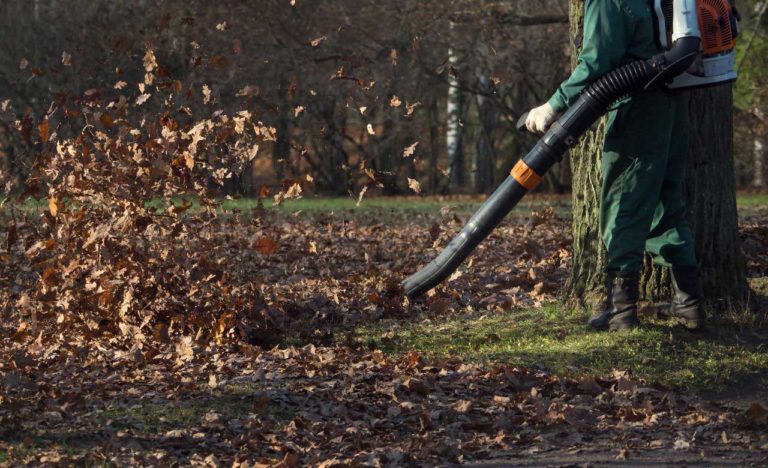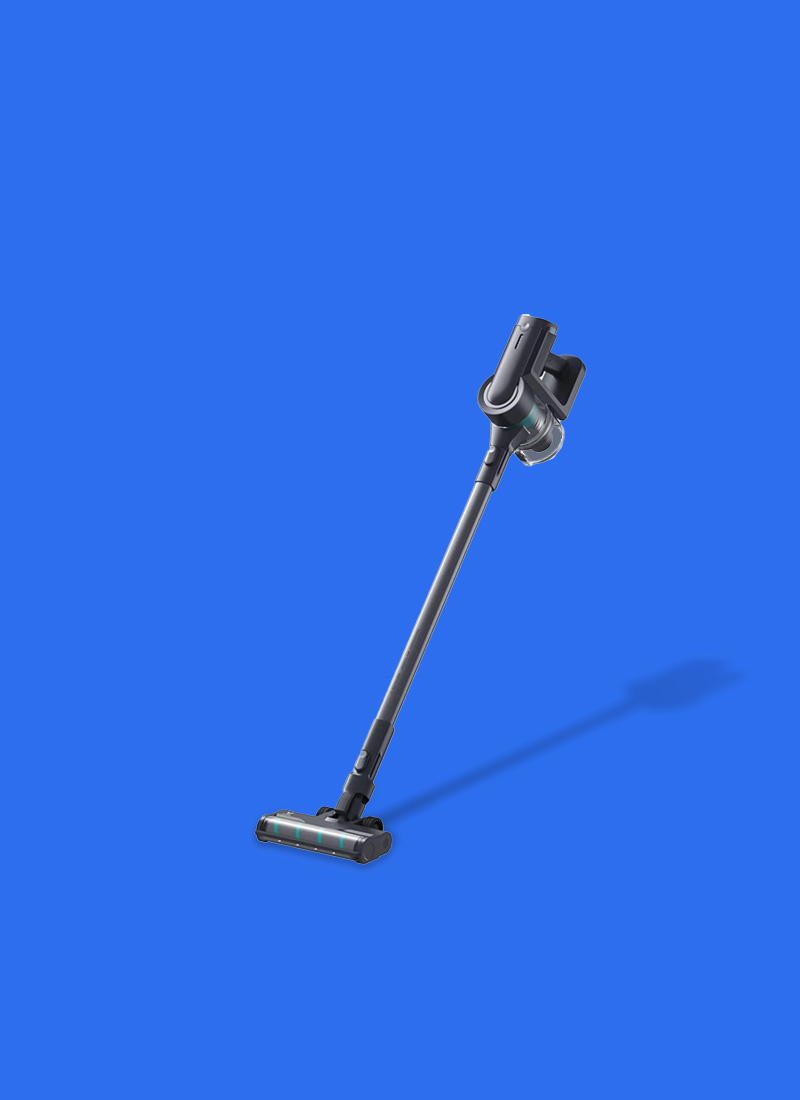ⓘ We are reader-supported and may earn a small commission at no additional cost to you if a purchase is made through one of our links.
Although they can be noisy, leaf blowers can quickly transform the look of your yard. However, this will only apply if you use the tool correctly. Most leaf blowers are very easy to operate, thanks to their straightforward design.
As with most tools, there are a few things that you need to keep in mind when it comes to using a leaf blower. Besides, the goal is to use the tool efficiently and safely without damaging any of its components or hurting yourself.
But most importantly, you should use a leaf blower such that the work is done within the shortest time possible. Keep reading to learn more about how you can use and get the best from your leaf blower.
Find the Right Leaf Blower for Your Yard
Before we get to how you can use a leaf blower, it’s important that you find the right tool for the space that you intend to clean.
Leaf blowers come in different sizes and also have varying features. This means some models perform better than others, so you should see to it that you choose the most ideal option for your needs.
One of the main factors that you should take into consideration when choosing a leaf blower is the size of your yard. If you intend to clean a small area, you can use just about any leaf blower.
Many people prefer small, lightweight leaf blowers for small tasks because they are easy to work with.
For large yards, ensure that you go for a leaf blower with high wind speed. This will not only make your work easier, but will also save you a lot of time.
You also need to decide whether you want a cordless, gas-powered, or corded leaf blower. Gas-powered leaf blowers pack a punch, but the only problem is that most models tend to be heavy.
Corded leaf blowers are just as powerful. Nonetheless, they may limit your movement if you don’t have a long extension cord.
Click here to have a look at some of the best electric leaf blowers that you can find in the Australian market.
7 Steps on How to Use a Leaf Blower
Step 1: Fully charge the battery/fuel up
If you are using a battery-powered leaf blower, ensure that you juice up the battery to its full capacity. This will low you to cover more area without having to stop occasionally. You should consider investing in a backup battery for maximum runtime.
The same applies to gas-powered leaf blowers. You need to top up the fuel tank depending on the size of your yard. Don’t forget to check the oil.
Step 2: Decide where you want to pile the leaves
It’s important to know where you’ll start and stop before you start blowing the leaves. It is recommended that you pile the leaves in a centralised area for easy collection once you are done with the cleanup.
If you are working on a large yard, you should consider dividing it into subsections to create small piles that you can collect with ease. You can lay out a tarp in the area where you want to pile the leaves.
Step 3: Clear the yard
Now that you know the area that you want to clean, it’s good to do away with any branches, sticks, and other debris that may get in your way.
Step 4: Wear protective gear
Leaf blowers can be quite noisy, but the noise level may vary depending on the model that you are using. That said, you should wear noise-blocking earmuffs when operating these tools.
Aside from the noise, leaf blowers can blast debris into your eyes, so ensure that you put on protective goggles to safeguard yourself against injuries.
You should also wear work gloves to protect your hands. A good pair of gloves will increase traction between your fingers and the handle of the leaf blower, thereby preventing slippage as you manoeuvre the tool.
Step 5: Observe the weather
If you’ve ever tried using a leaf blower when it’s windy, then you know just how important this step is. Wind can really frustrate, so we suggest you do the leaf blowing when the weather is a bit calm.
We bet you wouldn’t want to redo one area over and over, yet you have other things that you should be working on.
Step 6: Power up the leaf blower and have a feel of each wind speed setting
Before you start blowing the leaves, you should know what your leaf blower is capable of. Most units offer multiple wind speeds that you can adjust based on your cleaning needs.
For maximum results, try starting from the lowest wind speed and work your way to the top. In most cases, it is not advisable to operate a leaf blower at its maximum wind speed, as this will scatter the leaves all over the place.
Step 7: Set the leaf blower chute at an angle
You should angle the leaf blower in such a way that it directs the airflow underneath and not atop the leaves.
Smoothly sweep the leaf blower to the right and left to push the leaves toward the tarp that you had set up earlier.
Repeat this until all the leaves are on the tarp. After this, you can bag the leaves for proper disposal. You may as well compost the leaves for your future gardening project.
Conclusion
When used correctly, a leaf blower can dramatically reduce the time you spend cleaning your yard. As earlier stated, these tools are easy to work with, so it’s up to you to come up with a plan that can help you save time.
Also, ensure that you wear goggles and earplugs to avoid hurting your eyes and ears. But most importantly, the leaves should be disposed of properly after you are done cleaning.
The other thing that you should keep in mind is to always use the right type of leaf blower for the job, as this determines everything at the end of the day. Don’t forget to give your leaf blower proper care and maintenance.



